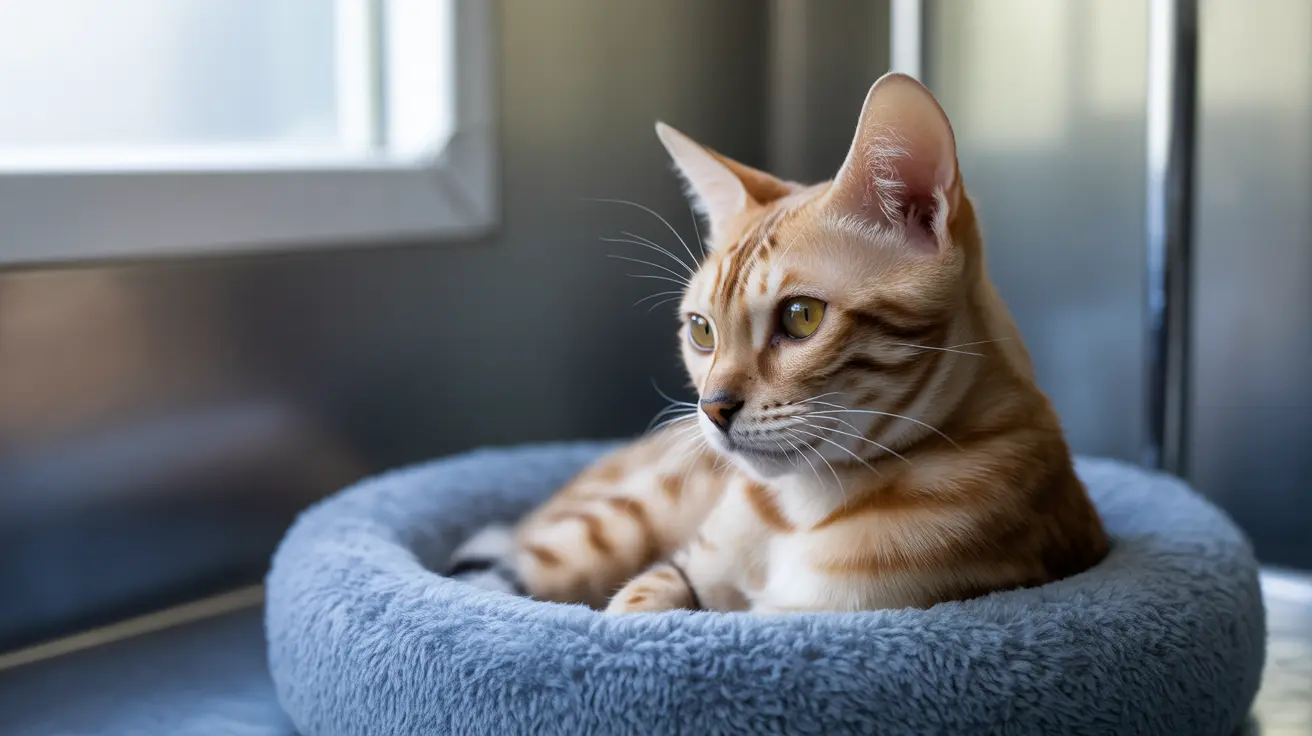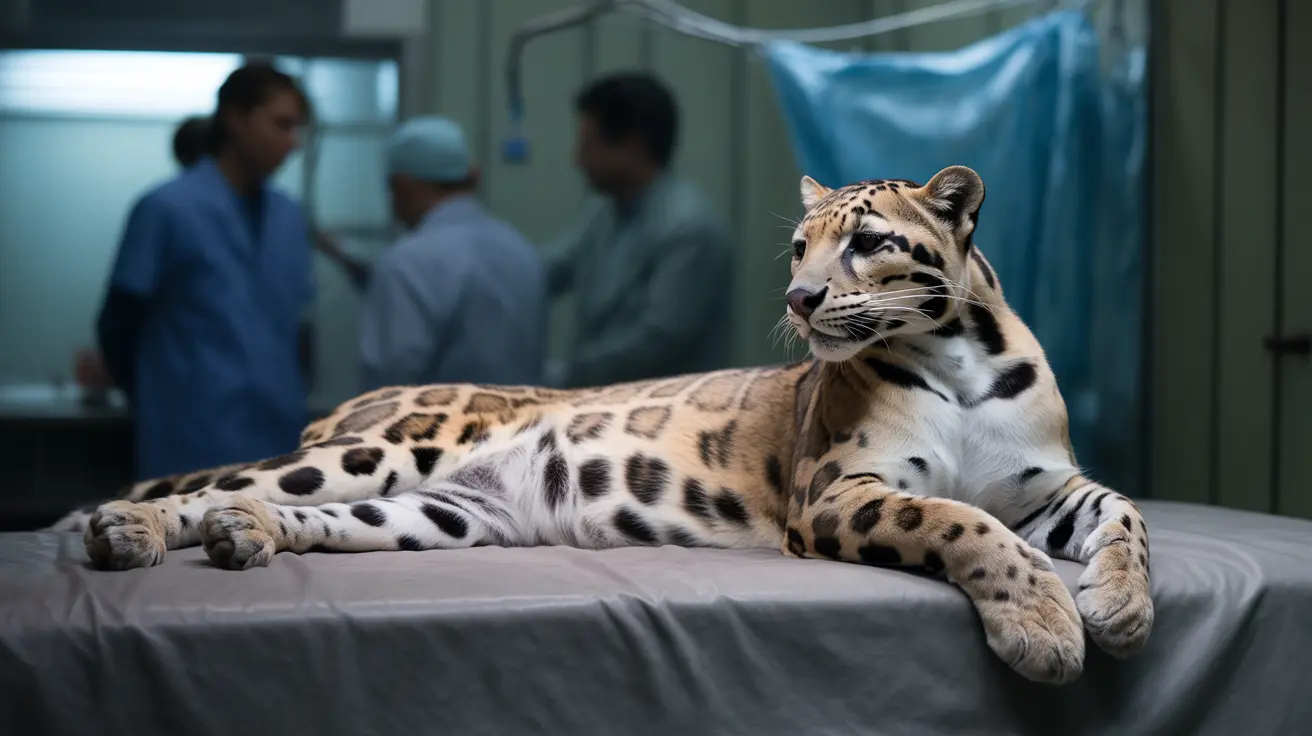Understanding Jaundice in Cats
When a cat develops jaundice (icterus), it's a serious condition that requires immediate veterinary attention. This condition manifests as a yellowish discoloration of the skin, mucous membranes, and eyes, indicating potential liver dysfunction or blood-related issues. Understanding the survival rates and recovery timeline is crucial for pet owners facing this challenging diagnosis.
The severity and underlying cause of jaundice significantly impact both the recovery time and survival prospects. While some cats may recover within weeks, others might require months of dedicated treatment and care to achieve full recovery.
Common Causes and Diagnosis
Jaundice itself isn't a disease but rather a symptom of various underlying conditions. The most frequent causes include:
- Hepatic lipidosis (fatty liver disease)
- Liver infections or inflammation
- Biliary tract obstruction
- Hemolytic anemia
- Pancreatic disease
Veterinarians typically conduct comprehensive diagnostic tests, including blood work, ultrasounds, and sometimes liver biopsies, to determine the exact cause. This diagnosis is crucial as it directly influences the treatment approach and survival probability.
Recovery Timeline and Expectations
The recovery period for cats with jaundice varies significantly based on the underlying condition:
- Mild cases with quick intervention: 1-2 weeks
- Hepatic lipidosis: 6-12 weeks average
- Severe cases or complicated conditions: Several months
During recovery, cats usually require intensive care, including nutritional support through feeding tubes, medication, and regular veterinary monitoring. The first two weeks are often the most critical, with many cats requiring hospitalization during this period.
Survival Rates and Prognosis Factors
The survival rate for cats with jaundice varies depending on several key factors:
- Early detection and treatment: 75-80% survival rate with prompt intervention
- Cases involving hepatic lipidosis: 55-80% survival rate with aggressive treatment
- Complicated cases with underlying diseases: Generally lower survival rates
Factors that influence prognosis include the cat's age, overall health status, severity of hyperbilirubinemia, and presence of concurrent diseases. Cats receiving early, aggressive treatment typically have the best outcomes.
Home Care and Management
Successful recovery often requires dedicated home care, including:
- Strict adherence to medication schedules
- Regular feeding tube maintenance (if prescribed)
- Close monitoring for complications
- Frequent veterinary check-ups
- Environmental stress reduction
Pet owners should maintain detailed records of their cat's eating habits, medication responses, and any changes in symptoms to help veterinarians adjust treatment plans as needed.
Frequently Asked Questions
What are the common causes and symptoms of jaundice in cats?
Common causes include liver disease, biliary obstruction, and hemolytic anemia. Symptoms include yellowing of the skin and eyes, lethargy, loss of appetite, vomiting, and weight loss.
How long does it typically take for a cat to recover from jaundice?
Recovery time varies from 2-12 weeks, depending on the underlying cause. Mild cases may resolve in 2-3 weeks, while severe cases can take several months for complete recovery.
What are the most effective treatments for jaundice in cats, and how do they vary by cause?
Treatment depends on the underlying cause but typically includes nutritional support, fluid therapy, medication for liver support, and specific treatments for the primary condition. Some cases may require surgery.
What is the survival rate for cats with severe hepatic lipidosis, and how can it be improved?
The survival rate ranges from 55-80% with aggressive treatment. Early intervention, proper nutritional support, and addressing underlying conditions can significantly improve survival chances.
How can pet owners care for a cat with jaundice at home, and what signs require immediate veterinary attention?
Home care involves medication administration, feeding support, and monitoring. Signs requiring immediate attention include bleeding, severe lethargy, refusing food, difficulty breathing, or worsening yellowing of the skin and eyes.
Conclusion
While jaundice in cats is a serious condition, understanding the recovery timeline and factors affecting survival rates can help pet owners make informed decisions about their cat's care. With proper veterinary intervention and dedicated home care, many cats can recover successfully and return to normal, healthy lives.






